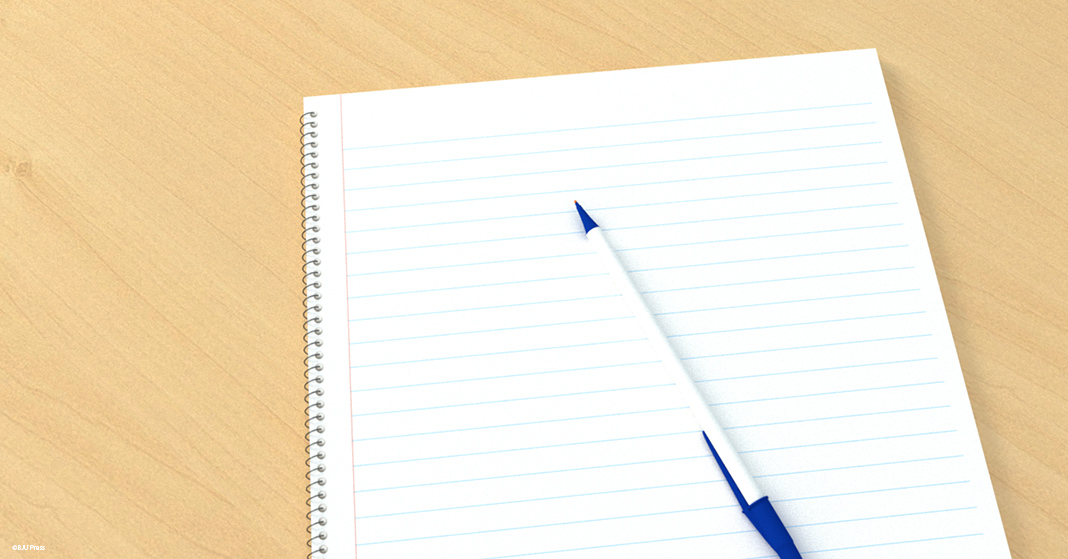 Your homeschool year is about to get underway again, and with it, exciting new writing assignments. Whether your writer looks forward to learning more about writing or tries to stay as far away from it as he can, there’s one aspect of writing that he will most likely struggle with.
Your homeschool year is about to get underway again, and with it, exciting new writing assignments. Whether your writer looks forward to learning more about writing or tries to stay as far away from it as he can, there’s one aspect of writing that he will most likely struggle with.
The blank page.
Looking at the whiteness of a computer document or the empty lines of a notebook page can be overwhelming, as if the blank page asks “Where do you even start?” How do you teach your writer to overcome his blank pages? Here are some tips for encouraging elementary and secondary students to conquer one of the most daunting phases of a writing assignment.
Elementary Writing Assignments
1. Take dictation.
A young writer often has more to overcome than just the blank page itself. He may get hung up on vocabulary, spelling, punctuation, and even handwriting. You can bypass much of his hesitation by having him explain what he wants to write about and writing his explanation down for him. From there, he can revise what you wrote until it matches the assignment’s requirements.
2. Add a visual goal.
In English 2, the textbook explains how to write a paragraph by laying out the various parts of a paragraph and underlining those parts in different colors—green for the topic sentence, orange for details, and red for the ending. By highlighting blank lines in these colors and having your young writer write in the missing parts, you can give him visual cues and goals to work toward. The different colors break up the blankness into manageable pieces.
3. Use writing prompts.
One of the simplest ways to overcome the blank page is to never let it be completely blank. You can give your writer a prompt to put at the top of his page. The prompt you give can be the first sentence of a story, a topic sentence for a paragraph, or even a question for him to answer. This works the same way as the “Apply and Write” sections in BJU Press elementary English textbooks.
Secondary Writing Assignments
1. Fill in the outline.
Papers for secondary writers often involve writing outlines. Your writer can skip the blank page entirely simply by expanding directly from his outline. Even a simple outline will give him something to work with. Directions for creating outlines may be found in Chapter 13 of Writing and Grammar 10.
2. Keep the thesis at the top.
Almost every secondary paper will involve a thesis of some kind—a thesis gives the writer’s point of view for the paper. Even a simple paragraph essay is often based on one. Instructions for crafting a thesis statement may also be found in Chapter 13 of Writing and Grammar 10. Once your writer has decided on a thesis, have him write it at the top of each page. Keeping it there will help him focus on his purpose as well as eliminate the blank page.
3. Take a walk.
Sometimes, if your writer really gets stuck, getting him away from the accusing stare of the blank page can be the perfect cure. Once his legs fall into the regular rhythm of walking, his mind will be free to come up with the words that will best begin his writing project—provided that he remembers them long enough to write them down.
Other times, overcoming the blank page is a simple matter of putting down words—any words. The words your writer chooses may be changed many times in the drafting process, and that’s OK. Their real function is to get him over that first hurdle so he can write the rest of the paper. The page only stays blank as long as there are no words on it.
Leave a Reply